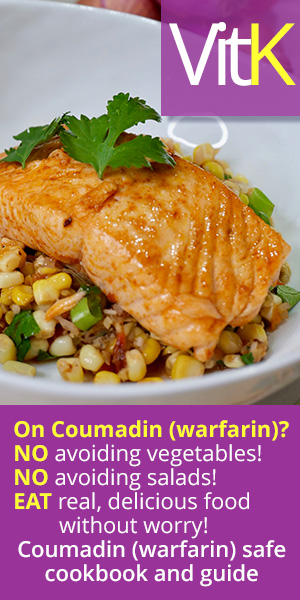It’s the calories, not the names
Researchers at the University of Scranton, Pennsylvania wondered if there were a relationship between stereotypes about how fattening a food is and that food's actual nutrient content (Appetite 2006;46(2): 224-233).
To find out, they recruited 140 people and gave each person two lists of potential snacks. The first list was a list of 22 food names in 11 pairs, such as "1/2 cup green peas" or "1 Snickers miniature." Each pair included a food that was a fruit, vegetable, or whole grain (FV&G), while the other food was always a meat, dairy product, fat, or sweet (MDF&S). Both foods in the pairs had approximately the same number of calories, with the FV&G food always having slightly more calories than its counterpart MDF&S. The eleven pairs were presented in a list of increasing numbers of calories, so that each successive pair had about 50 calories more than the previous pair. For the list of food names, however, the number of calories was not listed-only the food names and the serving size.
The second list was the exact same list, but instead of listing the names of the foods, the nutrition information for each food was listed instead. For this study, the nutrition information was limited to grams of protein, grams of fiber, number of calories, grams of fat, grams of sugar, and grams of carbohydrates (in that order).
For each food on both lists, the participants were asked to give two ratings: first, how well they thought the food would satisfy hunger, (on a scale of 1 to 7: "not at all" to "very much"), and second, how much weight gain they thought the food would promote (again, on a scale of 1 to 7; from "no weight gain" to "extreme weight gain").
The results of a comparison between the scores for the food name list and the nutrition information list are rather surprising. When looking at just food names, the MDF&S foods were considered to promote more weight gain than their FV&G paired counterparts, even though the FV&G foods contained more calories. When looking at only the nutrition information, however, the results were reversed, with the higher-calorie FV&G foods considered to promote more weight gain than the MDF&S foods.
On the other hand, for both the food name and nutrition information lists, the meats, dairy products, fats, and sweets were considered to satisfy hunger better than the fruit, vegetable, and grain foods.
The results from many other studies, however, show that it's the number of calories in a particular food that predict its weight gain potential and its ability to satisfy hunger. The researchers concluded that their respondents had certain stereotypes, unrelated to the foods' actual nutritional content, about which foods are fattening or satisfy hunger better than others.
What this means for you:
I've said it time and again--if you're watching your weight, read the nutrition information. Know what you're eating and how many calories it contains, so you can make your food choices based on a food's nutrient content rather than its reputation.
First posted: July 25, 2006




